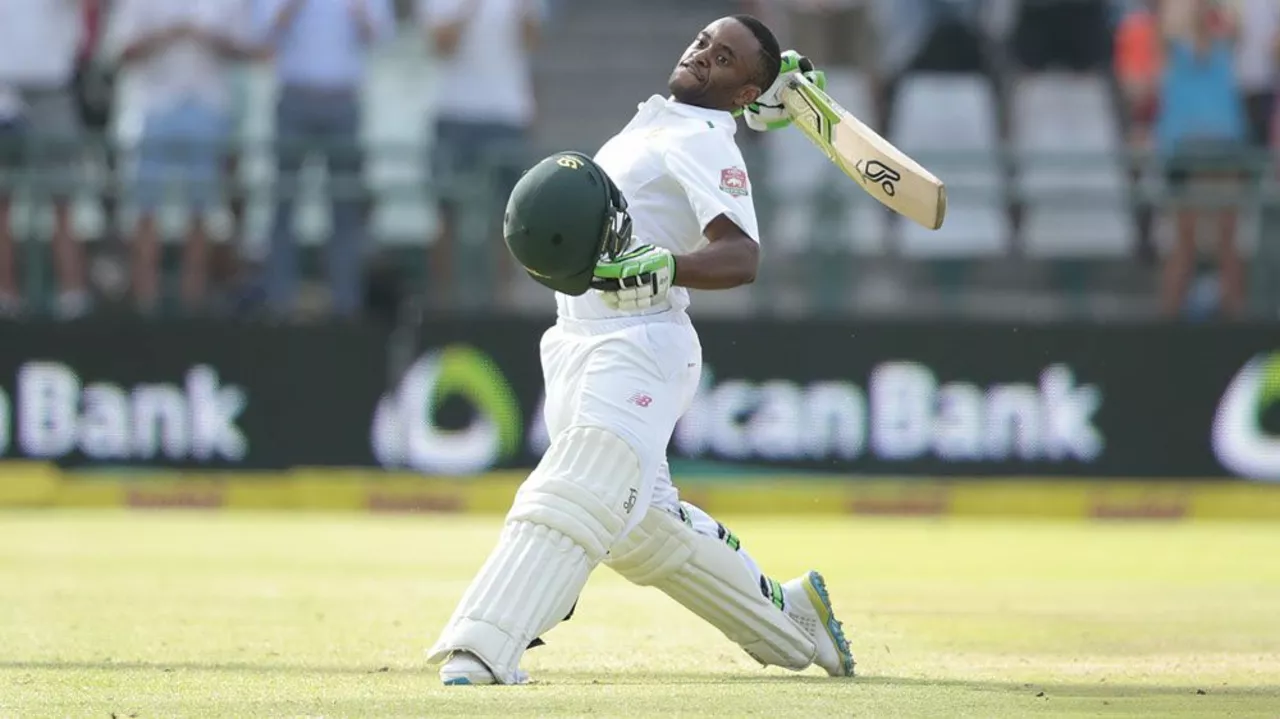How Played: Simple Guides to Master Any Sport
Ever wonder the easiest way to start playing a new sport? You’re not alone. Most people get confused by rules, equipment, or where to train. This page gives you straight‑forward advice so you can jump in, practice, and enjoy the game without the headache.
Quick Tips for Getting Started
First thing: figure out the basic gear. For soccer you need a ball, shin guards, and proper shoes. For basketball just a ball and a pair of sneakers with good grip. Having the right equipment makes learning smoother and keeps you safe.
Second, watch a short video or two. Seeing the sport in action helps you picture the movements. You don’t need a full tutorial—just a 5‑minute highlight reel shows how the game flows.
Third, practice the core movements in a low‑pressure setting. Kick the ball against a wall, dribble in your driveway, or toss a Frisbee with a friend. Focus on one skill at a time; repetition builds muscle memory faster than trying to learn everything at once.
Finally, find a local club or beginner’s group. Most towns have a casual league that welcomes new players. Signing up gives you regular practice, friendly tips, and a chance to play games that feel more real than solo drills.
Understanding Basic Rules and Strategies
Every sport has a handful of rules that control play. In rugby, you can’t throw the ball forward; in baseball, three strikes end an at‑bat. Learn the rule that most affects scoring first, because that’s what decides winners.
Next, get the hand‑signals or calls that teammates use. In basketball, “pick and roll” is a common move; in cricket, a bowler’s run‑up tells the batter what to expect. Knowing these signals lets you anticipate actions and react quicker.
Strategy doesn’t have to be complex. For most games, the simplest plan works best: keep possession, move the ball, and create space. In soccer, that means short passes and supporting runs. In volleyball, it means a solid serve and covering the court.
As you get comfortable, add a second layer. For example, in tennis, learn to aim for the opponent’s weaker side after a strong serve. In basketball, practice shooting from the same spot repeatedly to build confidence.
Remember, the goal isn’t to become a pro overnight. It’s to enjoy the sport, stay active, and improve step by step. Track your progress – note how many successful passes you made this week or how long you can jog without stopping. Small wins keep you motivated.
When you feel ready, challenge yourself with a short game or friendly match. Playing under real pressure reveals gaps in your knowledge and gives you a clear next goal. Don’t be afraid of mistakes; each error teaches you what to fix next practice.
So, whether you’re eyeing cricket, basketball, or a simple game of foot‑volley, the “how played” approach stays the same: get the gear, watch a quick demo, practice the basics, learn the key rules, and join a local group. Follow these steps and you’ll be having fun on the field or court faster than you think.
What are South Africa's national sports? How are they played?
- Kellan Hartford
- May 6, 2023
- 0 Comments
South Africa's national sports are truly diverse and exciting! Rugby, cricket, and soccer are the most popular ones, each bringing its own unique flavor to the sporting scene. In rugby, teams of 15 players each try to score points by carrying, passing, or kicking an oval-shaped ball into the opponent's end zone. Cricket, on the other hand, is a bat-and-ball game played between two teams of 11 players, with the objective being to score the most runs. Soccer, also known as football, is played with a round ball and two teams of 11 players, aiming to score goals by getting the ball into the opposing team's net.
read more